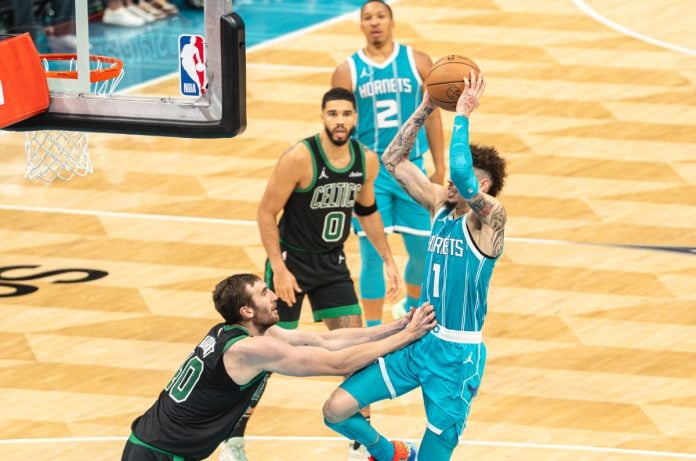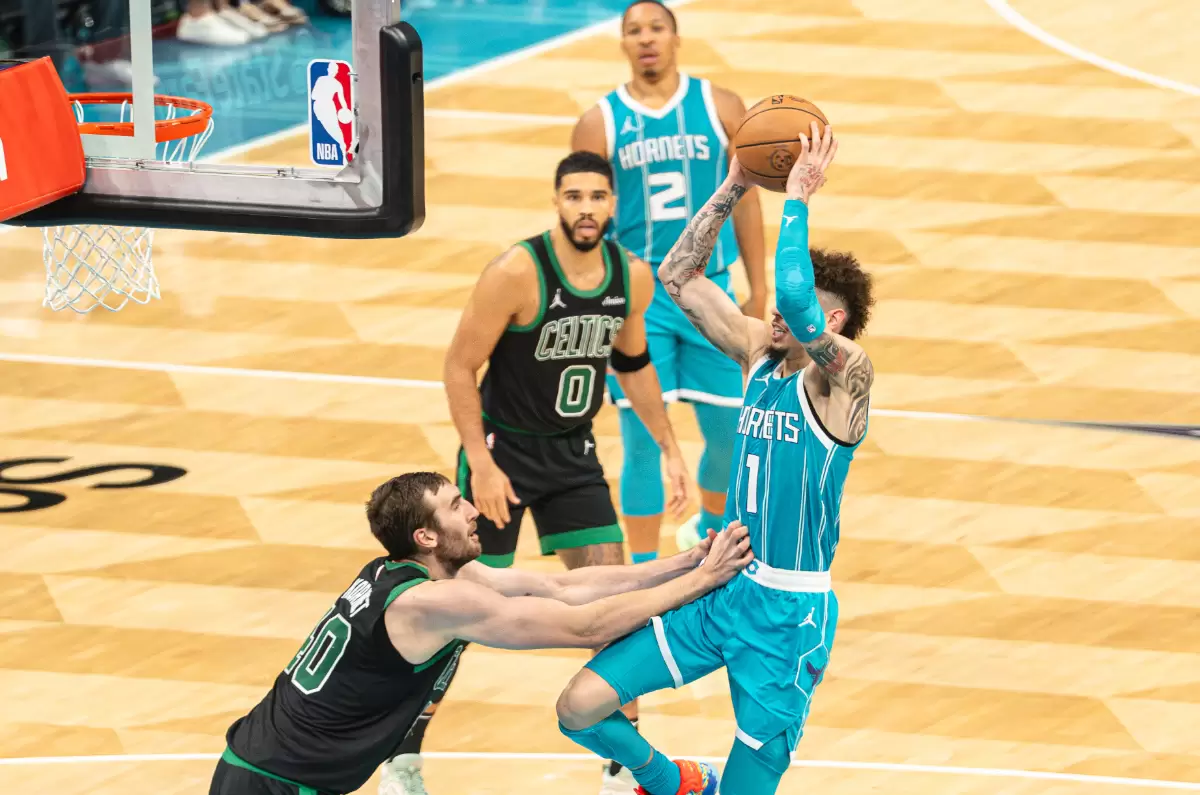
Even if Jayson Tatum hadn’t suffered a torn Achilles during the 2025 playoffs, the Boston Celtics were already planning major financial adjustments in the offseason.
Team president of basketball operations Brad Stevens confirmed to The Athletic’s Jay King that the organization had intended to reduce salary expenditures regardless of Tatum’s injury.
Boston had spent the previous two seasons operating above the NBA’s second tax apron, amassing an impressive 125 regular-season victories and capturing a championship during that span.
Despite that success, Stevens explained that the franchise prioritized moving below the second apron threshold to avoid a historic luxury tax bill and to regain flexibility in making roster moves.
“First and foremost, what we were staring at was a bill like no one has ever stared at, right?” Stevens said. “So that was not the driver as much as the second apron, but that’s still a significant, significant thing. And our owners – past and present – have always been committed to spending, but it made sense for us, even in that perspective, to retool, in my opinion.”
He went on to explain that the league’s new collective bargaining restrictions tied to the second apron created substantial limitations on the team’s ability to maneuver.
“When you’re sitting over those aprons, you just have a lot of restrictions. You know, right now our 2032 (first-round) pick is frozen. That will be unfrozen if we’re under (the second apron) for three of four years,” Stevens noted, emphasizing the long-term implications of staying over the line.
Before executing major roster changes – including trading Jrue Holiday and Kristaps Porzingis and losing Al Horford and Luke Kornet in free agency – Stevens made it a point to communicate openly with players and coaches about his offseason strategy.
“We were very forthright with everybody,” he said. “We tried to be as proactive (as possible) communicating that, ‘Hey, these things are gonna happen. We’re gonna bring in young, hungry, maybe unproven, maybe a little scarred, but high-character people that are gonna play hard, that want to be a part of something special.’”
That emphasis on character became central to Boston’s approach as the front office began reshaping the roster.
“It was not only that, ‘Hey, we’ve gotta reset and retool,’ but the people we bring into this place – whether through the draft or a trade or a signing – yes, we’re looking for maybe some young, proven, cost-effective people, but at the same time, they have to be high character and they have to be high competitive character,” Stevens said. “Because if they’re not, we’re just losing too much in that area to sustain it.”
Although the Celtics remain above the first tax apron entering the 2025–26 season – about $4 million over and roughly $12 million into the luxury tax – they have successfully distanced themselves from the second apron.
This new financial breathing room gives the front office more operational flexibility, including the ability to aggregate salaries in trades, something prohibited under last year’s cap restrictions.
Reflecting on the process, Stevens admitted it wasn’t easy.
“If you’re going to have to reset and retool, what you’re trying to do is you’re just trying to give yourself a chance to be opportunistic if that presents itself,” he told King. “We lived it. We knew it was coming. And, you know, it wasn’t the most fun summer for a GM or a front office person, but we knew that that was part of the pain of A) going all-in in the last couple of years and then B) making sure we give ourselves a chance to continue to be opportunistic around our young core – and our core is still young and still very, very good.”
Brad Stevens Talks Celtics’ Offseason Roster Decisions https://t.co/KrGJBK0wve pic.twitter.com/xr9DHYi2cC
— Hoops Rumors (@HoopsRumors) October 21, 2025









